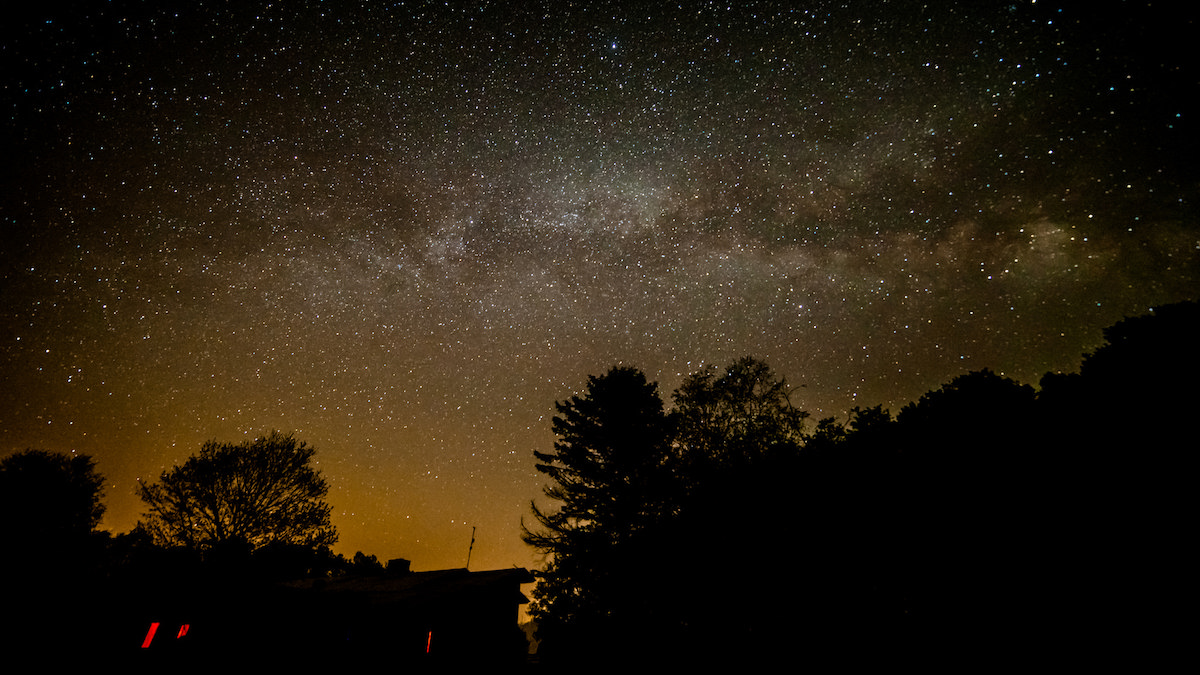When Stephen Hawking died in March, humanity lost one of its greatest minds, but his contributions to science are far from over. Before he died, Hawking and his collaborator, Professor Thomas Hertog, submitted a paper that put forth a theory that could resolve one of the most frustrating problems in Hawking’s original work on the Universe’s birth in the Big Bang.
The paper was finally published today, in the Journal of High Energy Physics, and provides a possible solution to the difficulty with multiverses inherent in the Big Bang. Hawking’s earlier work in explaining the origins of the Universe, along with physicist James Hartle, also implied that it was the origin of multiple, infinite universes in addition to our own. As Hertog told BBC News, “Neither Stephen nor I were happy with that scenario. It suggests that the multiverse emerged randomly and that we can’t say very much more about that. We said to each other: ‘Maybe we have to live with it.’ But we didn’t want to give up.”
It’s still possible that we will just have to “live with it,” but the new theory they put forth has an advantage, at least, in the fact that it would actually be possible to test, due to its simpler nature. (And also in that it doesn’t both rely on Einstein’s general relativity and break that theory at the same time.) As Hawking previously explained of the new theory, “We are not down to a single, unique universe, but our findings imply a significant reduction of the multiverse, to a much smaller range of possible universes.” The key to proving that’s the case lies in the detection of primordial gravitational waves, which is beyond current technology, but almost in reach.
While scientists do have the means to detect some gravitational waves—like the ones detected from the distant collision of neutron stars—the waves Hertog wants to find in order to prove their theory, created as the universe passed out of “eternal inflation” and into the (known) universe we’re living in, would be so long in wavelength that no existing detectors could pick them up. It’s possible, however, that a planned European gravitational wave observatory, LISA, the first of its kind to be put in space, could accomplish the task. Whether or not the theory pans out in the end, there’s still plenty left to resolve in Hawking’s work and implications to discover.
(via BBC & University of Cambridge, image: Ryan Hallock on Flickr)
Want more stories like this? Become a subscriber and support the site!
—The Mary Sue has a strict comment policy that forbids, but is not limited to, personal insults toward anyone, hate speech, and trolling.—









Published: May 2, 2018 11:28 am